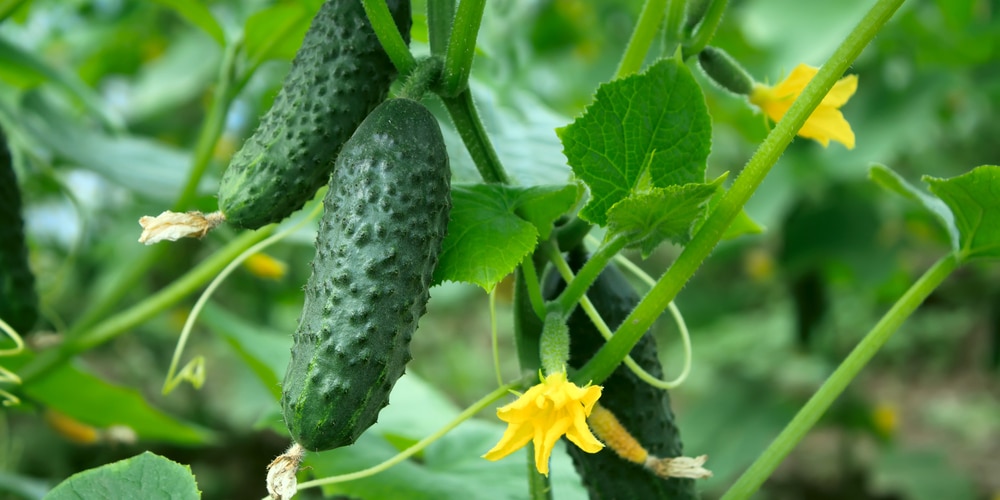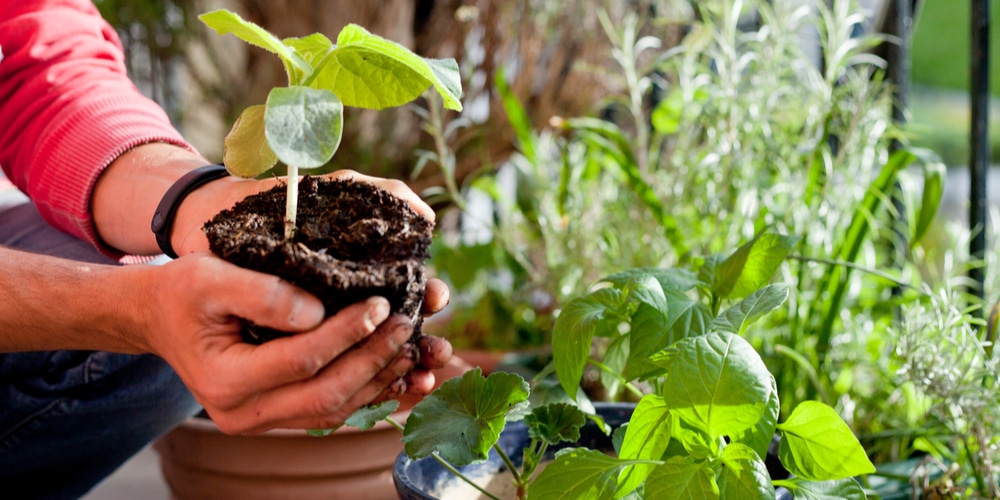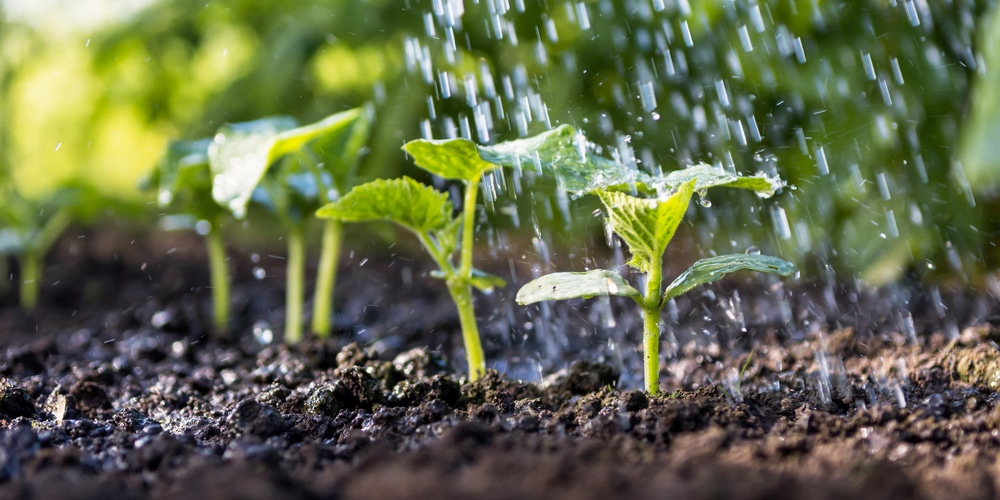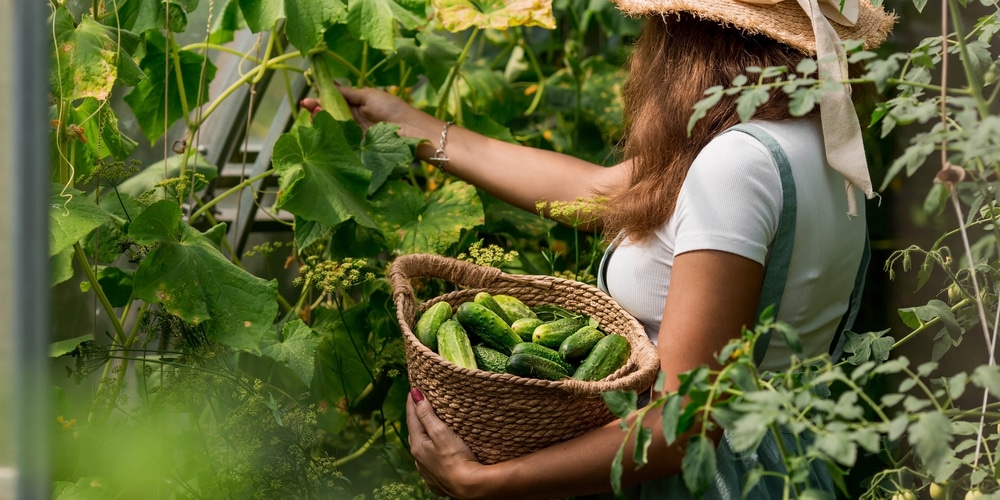Cucumbers have numerous benefits: they promote hydration, lower blood sugars, aid weight loss, improve cognitive ability, lower the risk of cancer, and freshen your breath. Cucumbers are prolific, delicious, and can be relatively easy to grow. Based on science, cucumber plants grow in two distinct forms: bush and vining. Bush type forms a more compact plant, whereas the vine type climbs up trellises or scrambles along the ground. Generally, vining cucumbers produce more yield throughout the season, especially when compared to bush selections. Let’s look at Growing Cucumber in FL.
Is Florida a Good Place to Grow Cucumbers?
According to scientific research, Florida is a great place to grow cucumbers, especially during the early spring. There’s an array of cucumbers that can do well in Florida: Sweet Success, Eureka, Cherokee, Bush Slicer, and Dasher II. Some cucumber varieties will produce more fruits quickly than others. In addition, all cucumbers have varying flavors, primarily when harvested at different stages of development.
Guide to Growing Cucumber in Florida
1. Requirements
Cucumbers prefer well-drained, loose soil rich in organic matter. They flourish best at relatively high temperatures, particularly between 75 degrees F to 85 degrees F. A well-rounded soil mix of Mykos, Worm Castings, 40% Coco Coir, 20% Perlite, and 40% Compost will boost the growth and development of cucumbers in Florida. This is because Mykos is a fungi additive and worm castings play a significant role in boosting nutrients in the soil. In addition, ensure the soil pH ranges from 6.0 to 6.8.
2. Choose the Right Variety
It’s important to determine the best cucumber plants to grow in Florida. Choose a type that suits your tastes and preferences. Before planting cucumbers, it’s crucial to read the tags in order to ensure you give them sufficient room to grow without overcrowding. Overcrowding can reduce the overall productivity of your plants. Consider the Bush variety if you’re opting to plant cucumbers in a small raised garden or patio. This is because Bush cucumbers grow to about eleven inches and have a smaller plant size.
3. Planting
During the spring in Fl, you can either sow cucumber seedlings or heirloom seeds. If you’re planning to plant cucumbers during late spring, you should consider buying young plants. The cucumber seeds should be sown in a peat-free pot. Transplant the seedlings after 2 weeks or so. Potting can be done when the first pair of leaves appear. When using a trellis to grow cucumber vines, ensure you space the plants at least one foot apart.
4. Care and Watering
Basically, cucumbers are heavy feeders because they need regular watering and care. When the temperatures are relatively high, you should add more inches of water. Use the right watering approach to reduce the risk of leaf disease. The ideal time to water cucumbers is in the afternoon and early morning. Scientifically, this reduces the rate of evaporation during the day. Drip irrigation and soaker hose are the most preferred ways of watering cucumbers. When the fruits start to form, it’s advisable to increase water intake. In addition, you can use a suitable liquid fertilizer to improve the plant’s health. Mulching heavily underneath the cucumber plants plays a significant role in retaining water.
5. Trellising
It’s possible to grow cucumbers on the ground, especially if you have more space. Approximately cucumber vines are 10ft long; therefore, ensure you have plenty of room. A great way of growing cucumber in Fl is to provide them with a trellis system. You can plant them along your garden fence and weave the cucumber vines between the slats. Try growing cucumbers vertically to increase the space. Planting cucumbers horizontally isn’t recommended because they’re exposed to fungal diseases.
6. Pests and Diseases
Funguses grow in very warm and wet conditions. Fungal diseases can cause brown spots on fruits and leaves. Therefore, you should use eco-friendly pesticides and herbicides to eliminate pests and fungal diseases. The common pests in a cucumber garden include assassin bugs, green lacewing, and ladybirds.
7. Harvesting
The right harvesting stage is before the cucumbers become too large. Based on research, too big cucumbers are bitter. It’s important to keep your cucumber fruits in the fridge for at most 10 days to maintain their quality.
8. Saving the Seeds
Remove cucumber seeds and allow them to ferment for three days. Wash the seeds and dry them.
Growing Cucumber in FL: Conclusion
Some of the top secrets for planting cucumbers include crop rotation and harvesting regularly.
Related article: Cucumber plant growth stages



